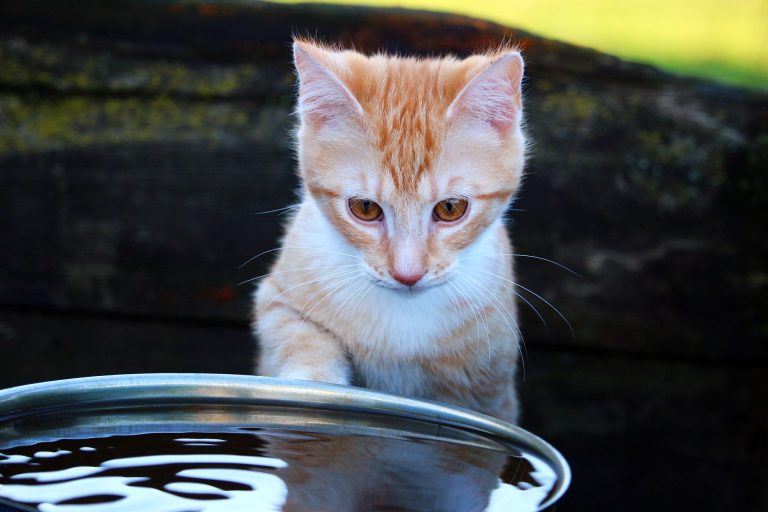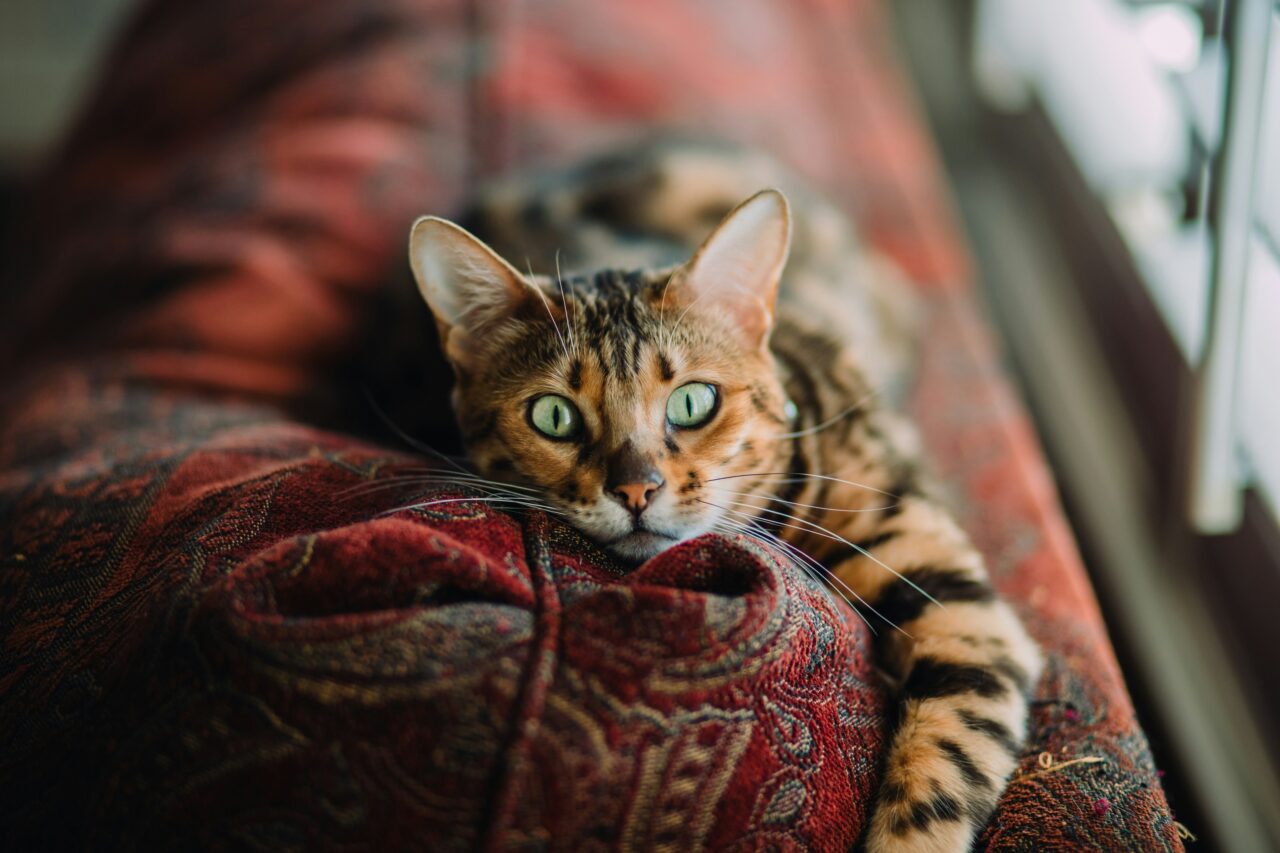📖 Table of Content:
Cats are one of the most popular pets in the world, yet they’re often misunderstood. Over the years, myths and misconceptions about cats have shaped the way people see them. Let’s debunk 10 common myths about cats and uncover the truth behind their fascinating behaviors.
1. Aloof Animals
Many believe that cats are cold and distant creatures, but the truth is far from that. Cats show affection in subtle ways, like following you from room to room, headbutting, or curling up next to you. They’re independent animals, but they form strong emotional bonds with their humans. Unlike dogs, cats don’t always express love through overt enthusiasm, which is often misinterpreted as indifference.
With patience and understanding, their affection becomes undeniable. Cats can be just as loving and loyal as any other pet—they simply have their own unique ways of showing it.
2. Independent Hunters
It’s a common myth that cats don’t need humans because they’re natural hunters. While it’s true that cats have hunting instincts, domestic cats rely on humans for survival. They depend on their owners for food, safety, and companionship. Even the most outdoor-savvy cat thrives with the support of a loving home.
A well-cared-for cat enjoys the comfort of regular meals and a safe environment, which no amount of hunting can replace. Domestic cats are far removed from their wild ancestors and need humans for a happy, healthy life.
3. Nine Lives
The idea that cats have nine lives has been around for centuries, but it’s entirely a myth. Cats are agile and have excellent reflexes, which helps them avoid danger, but they’re not invincible. A cat’s ability to land on its feet often leads to the misconception that they’re immune to harm.
In reality, cats can suffer injuries from falls, accidents, and illnesses just like any other animal. Their seeming resilience shouldn’t be an excuse to neglect their safety. Ensuring a secure home environment is crucial for their well-being.
4. Fear of Water
The belief that all cats hate water isn’t entirely accurate. While many cats dislike getting wet, some breeds, like the Turkish Van or Maine Coon, actually enjoy water. A cat’s attitude toward water often depends on its upbringing and personal experiences.
Cats are generally cautious animals, and unfamiliar sensations, like being soaked, can make them uncomfortable. Introducing water gradually and associating it with positive experiences can help some cats overcome their aversion. Not all cats are hydrophobic, so it’s worth understanding their individual preferences.
5. Black Cat Superstition
Black cats have long been associated with bad luck, but this myth has no basis in reality. In many cultures, black cats are actually seen as symbols of good fortune and protection. The superstition surrounding black cats originated in medieval Europe, where they were unfairly linked to witches and dark magic.
Unfortunately, this myth still leads to prejudice against black cats today, even reducing their chances of adoption. These loving, beautiful creatures deserve the same affection and respect as any other cat. It’s time to let go of outdated superstitions.
6. Cats Are Lazy
Cats are often labeled as lazy because they sleep for long periods, but their behavior is perfectly natural. On average, cats sleep 12-16 hours a day to conserve energy, a trait inherited from their wild ancestors.
In the wild, big cats rest for extended periods to prepare for intense hunting bursts. Domestic cats mimic this pattern, even if they don’t need to hunt for food. When awake, cats are often active, playful, and curious, proving they’re far from lazy. Their sleep habits are simply part of their biology, not a sign of laziness.
7. Cats Are Untrainable
It’s widely believed that cats can’t be trained, but this couldn’t be further from the truth. Cats are highly intelligent and can learn a variety of tricks and behaviors with the right motivation. Using positive reinforcement, like treats or praise, can encourage a cat to sit, fetch, or even walk on a leash.
Unlike dogs, cats may not respond to commands out of a desire to please, but they are certainly capable of learning. Training a cat takes patience and creativity, but the results are rewarding and show just how smart they are.
8. Cats and Dogs
The stereotype that cats and dogs are natural enemies doesn’t apply to every pet. Many cats and dogs coexist peacefully and even form close friendships. The relationship between a cat and a dog depends on their personalities, socialization, and the way they’re introduced.
With proper introductions and mutual respect, they can share a home harmoniously. Cats and dogs communicate differently, but they’re capable of understanding and adapting to each other. This myth often overshadows the beautiful bond they can develop.
9. Cats Are Selfish
Some people think cats are selfish because they don’t show affection in the same way as dogs. However, cats are simply more reserved and cautious in expressing their emotions. They’re independent creatures, but that doesn’t mean they don’t care about their owners.
Cats demonstrate their love by purring, rubbing against you, or bringing you small “gifts” like toys or even prey. Their behavior reflects their instincts, not a lack of affection. Understanding their subtle ways of showing love helps debunk the selfishness myth.
10. Pregnant Women Shouldn’t Have Cats
A common misconception is that pregnant women should avoid cats altogether, but this isn’t entirely true. The concern often revolves around toxoplasmosis, a disease that can be transmitted through cat feces. However, the risk is minimal with proper hygiene, like wearing gloves while cleaning litter boxes.
Pregnant women can safely coexist with cats as long as they take precautions. In fact, the companionship of a cat can provide emotional benefits during pregnancy. Dispelling this myth helps ensure cats don’t face unnecessary abandonment.










